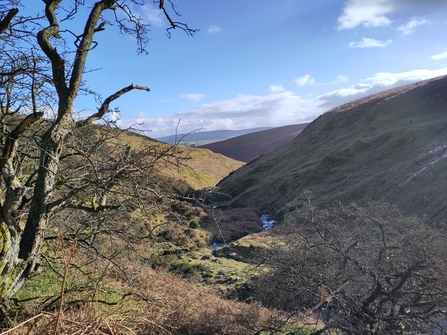Why dredge rivers?
Before the evolution of the highways network, our waterways were used extensively for travel and trade via boat – requiring deep and navigable rivers that were maintained through regular dredging activities. In the extreme, this looks like entirely straightened and canalised sections of river. More minor dredging tends to involve removing excessive sediment build up. There are situations in which minor dredging may be necessary and even beneficial for localised flooding, however, as our understanding of river catchments expands it is increasingly found that dredging is becoming a less and less appropriate form of management for much of our river catchments. Dredging may also be needed in areas in which alterations have been made to the river in the past, reducing its ability to function naturally; the aim in these situations is to get the river to a point in which it can self-maintain, which may not always be possible in highly altered sections of rivers such as those passing through our towns and cities.



